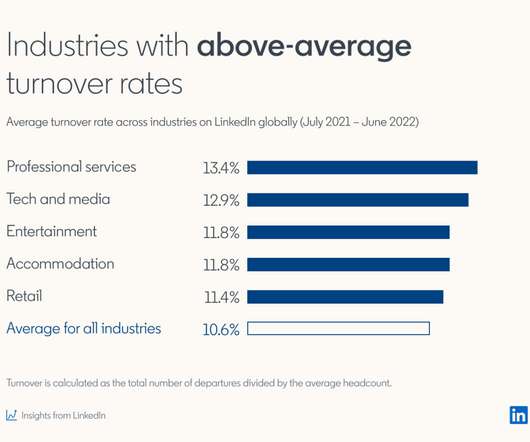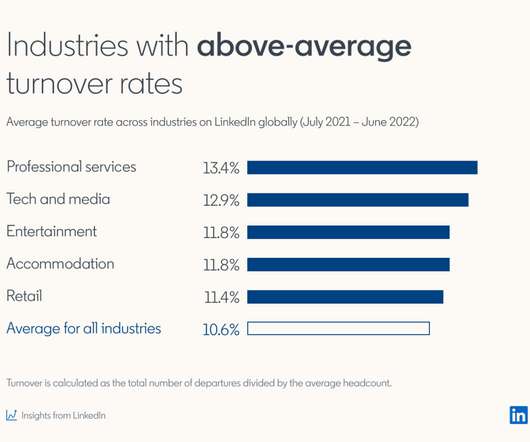The Proven Way LinkedIn Keeps Its Tech Talent
Linkedin Talent Blog
MAY 10, 2017
They engaged more engineers and invested more heavily in training managers to lead retention conversations. Here’s how they achieved these results: 7 Key Steps in Building LinkedIn’s Engineering Retention Program - Year 1. Dig even deeper in the talent analytics data. 4 Tips for Building an Employee Retention Program.















Let's personalize your content